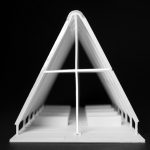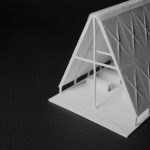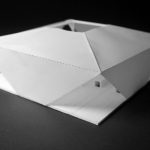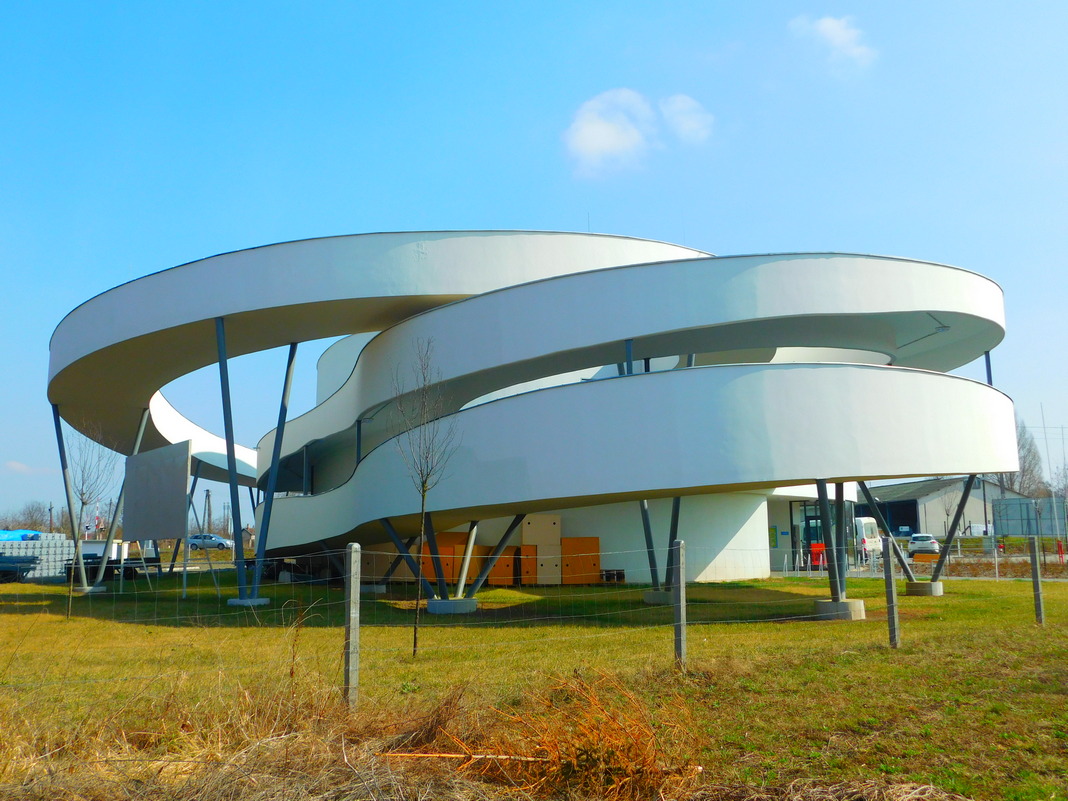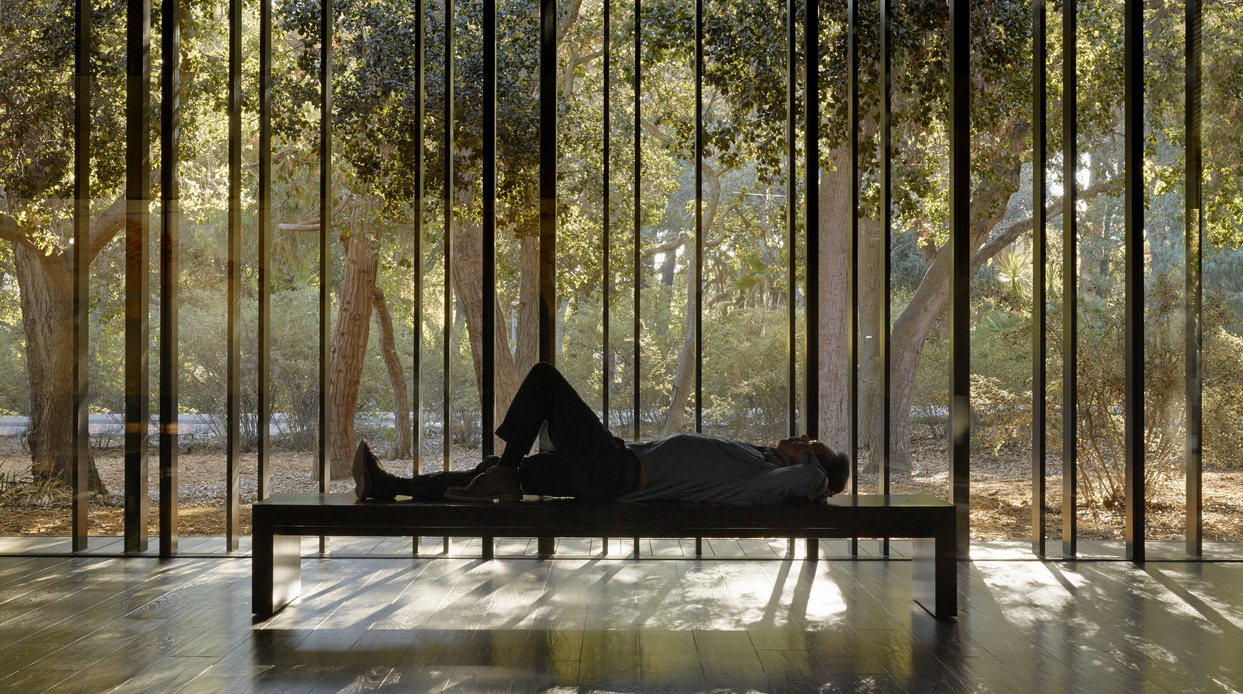This project explores the basic notions of iconicity, urbanism, and pluralism in regards to the three Abrahamic faiths through the
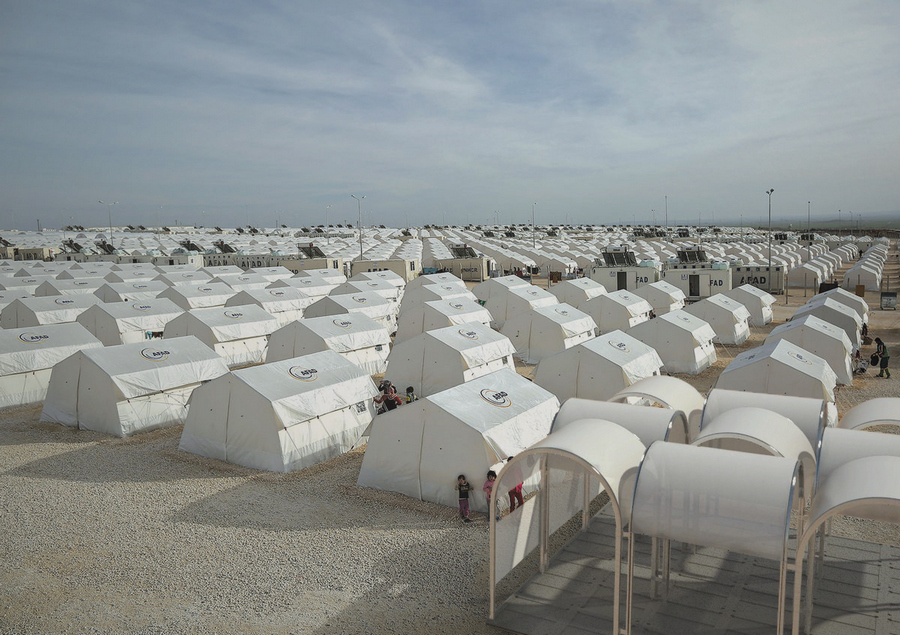
Lucas Boyd & Chad Greenlee
Pop Up Places of Worship
-
Project Year
2016
-
Photographs
Courtesy of Chad Greenlee & Lucas Boyd
This project explores the basic notions of iconicity, urbanism, and pluralism in regards to the three Abrahamic faiths through the development of corresponding «pop-up» places of worship. The proposals act as both deliverables and as the vehicle for research. More specifically, the structures were used to interrogate the nature of the relationship between the said cultures and the spaces that they sanctify.
What does a synagogue / chapel / mosque look like? What are the critical formal pieces that help to connect a religious structure to a particular faith, and which of these elements could hypothetically be removed and still maintain its reading? Now, it is very important to distinguish between architectural / formal icons and liturgical / doctrinal symbolism.
For example we were much more interested in developing a sectional characteristic that represents Islam rather than simply deploying a crescent moon figure. We found very early on that given the prominence of the global religions, the process of identifying each one architecturally certainly involves a level of comparison, or distinguishing.
There is a proposal for each religion, but each structure is abstracted within the confines of its respective tradition. For example, there is no particular distinction between a catholic or Lutheran chapel, there is only one popup chapel. The ability for the structures to be easily packed, shipped, and deployed begins to interrogate the urban stereotypes that have typically been associated with ineffable space. In areas where the social, political, or natural climates are such where we imagine these being deployed.
We believe that they can serve as a crucial place for community development. Through this project we have offered our vision of what a sacred space can be. It can be reduced, it can be transported, and it can be made of affordable material. But most importantly, it should be recognizable.
 Romană
Romană English
English


